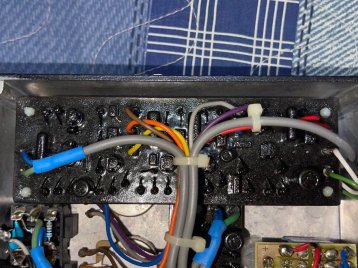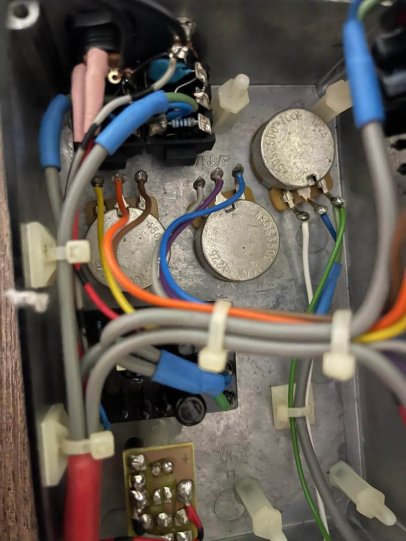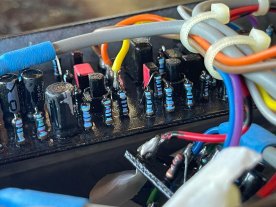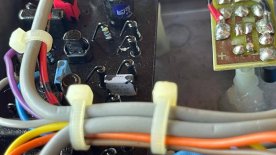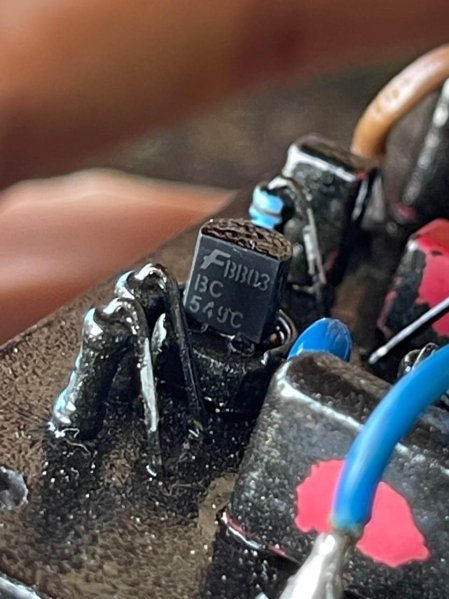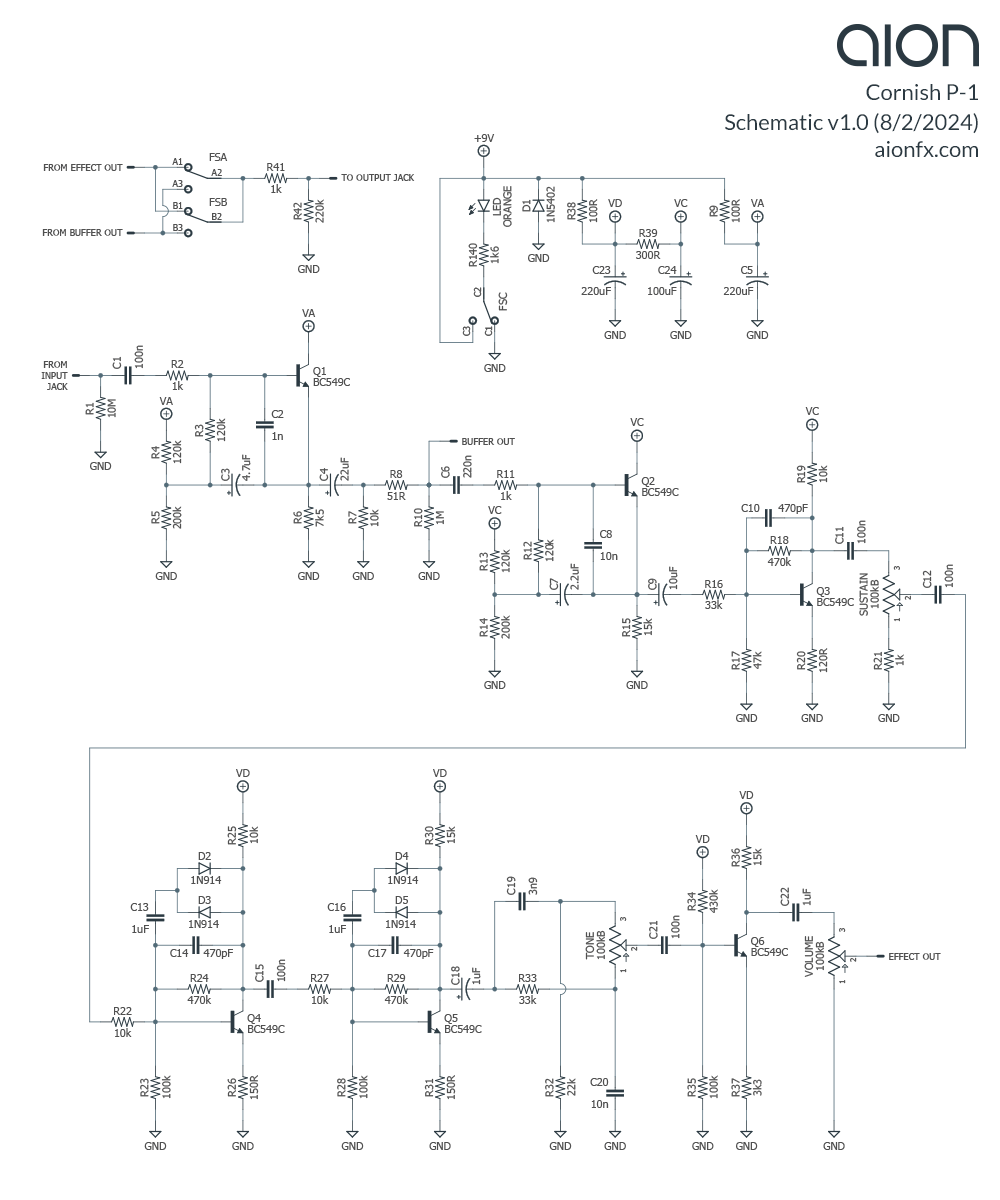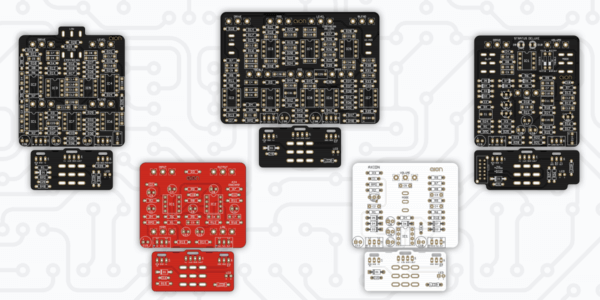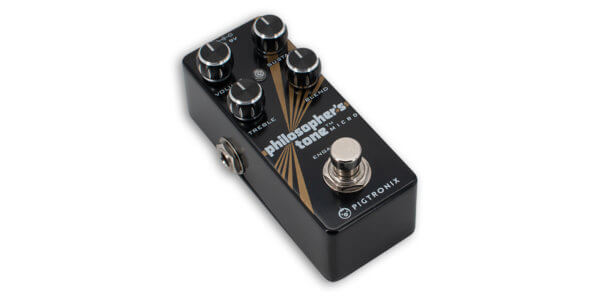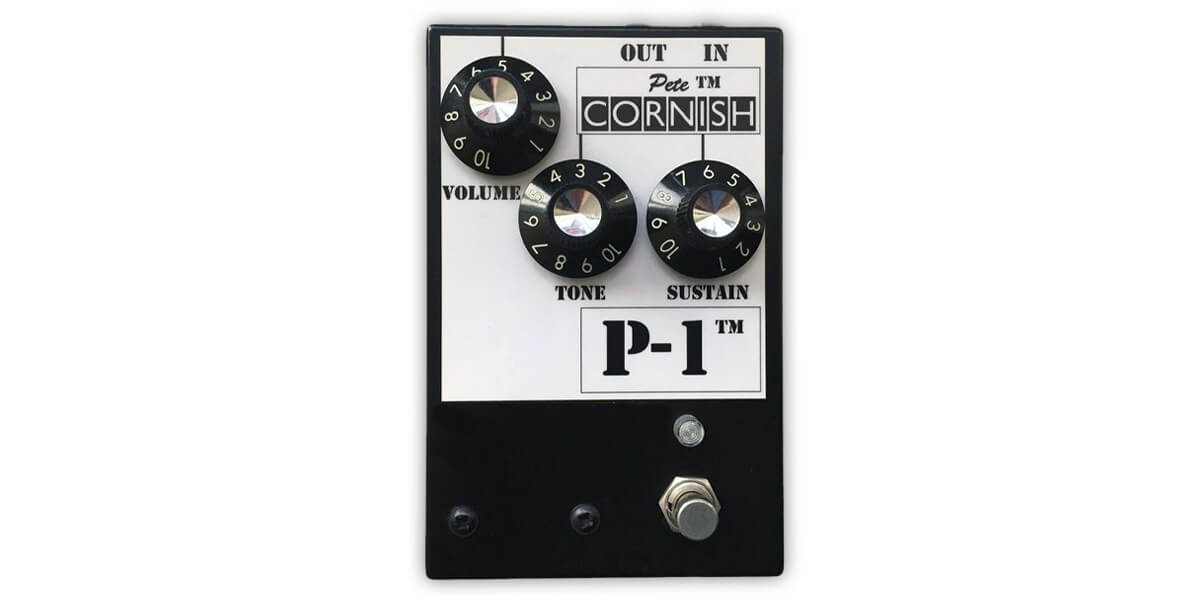
Tracing Journal: Cornish P-1
Today’s trace is a bit different than our usual process. Back in April, we released the Halo Deluxe, based on the Cornish P-1. We did not release a tracing journal along with it due to time constraints, so today we’re putting out the full details and our analysis. We are also releasing the details on two different versions of the Cornish G-2, covered in another post.
The Cornish P-1 is an adaptation of the EHX Big Muff Pi V2 (Ram’s Head) with two transistor buffers added to the front of the circuit to reduce noise and improve the signal isolation. It started life as a circuit called the “Custom Fuzz” designed for David Gilmour in 1976 as part of his integrated pedalboard. It was a part-for-part clone of one of Gilmour’s own Big Muff units with high-quality transistor buffers added. It was known as the Custom Fuzz all the way up until 2006, when it was renamed to the P-1 to better indicate its relationship to the P-2.
Here’s a demo from Shnobel Tone:
The P-2 (and its sister circuit, the G-2) are also largely Big Muff clones, but the major difference is the tone control. The original BMP bass/treble panning control is responsible for its signature mid-scoop. The P-2 and G-2 replace this control with a standard treble-cut control, which significantly changes the voicing. Because of this, we could infer that the P-1 leaves the tone section intact so that it’s in line with what Gilmour would have expected.
The trouble is, there are around 20 different Ram’s Head Big Muff variants from 1972 to 1976, so while it may be straightforward to transpose the Cornish buffers onto a Ram’s Head V2 schematic, we would first need to know which one. So, we were glad to finally have the details.
Tracing photos
Schematic
Analysis
As you can see, it’s pretty much exactly as you’d expect: a standard Big Muff with the same buffers as his other pedals. In looking through Kit Rae’s Big Muff page, we have a exact match with the “V2 Box Cap Ram’s Head” schematic:
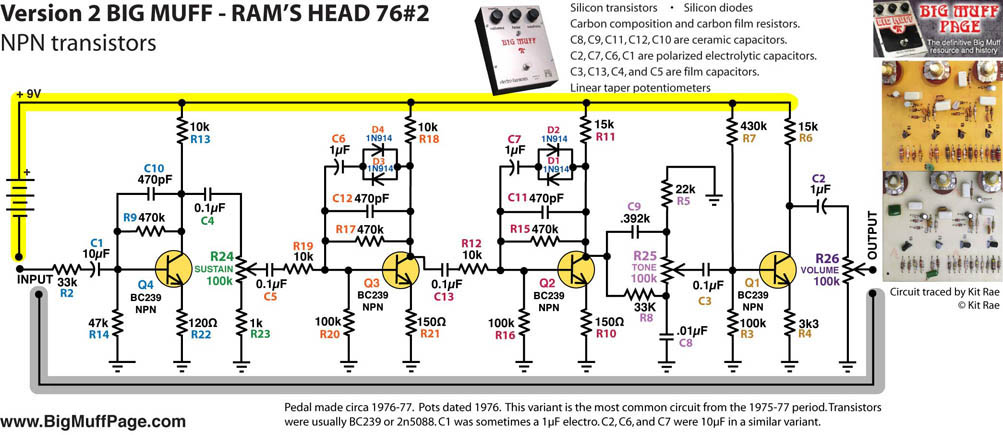
Other than the buffers, the only difference is the addition of a 1uF coupling capacitor between the third transistor stage and the tone control. This is a large enough value that it would not impact the tone at all, and in fact EHX added this capacitor to their NYC version in the mid-2000s. It’s good design practice to decouple the tone control from the previous stage so that there is no impact to the DC bias, although of course the long history of the Big Muff proves this is not strictly necessary.
In Kit Rae’s section on the P-1, he relays the story that Pete was sent several of Gilmour’s Big Muffs and asked to choose his favorite as the basis for the integrated pedalboard. This was said to have taken place in 1974 or 1975. While the specific unit Kit traced was from 1976 or ’77, he notes at the bottom of the schematic that it represents “the most common circuit from the 1975-1977 period.” So the two stories are consistent if 1) it was 1975 when the pedal was sent rather than 1974, and 2) Gilmour selected a brand-new unit as his favorite to send to Pete as the basis for the P-1.
Whatever the case, to our knowledge, this exact version of the Big Muff was not previously associated with David Gilmour. Several of the component values in this version differ substantially from all prior versions of the Big Muff, so we’re not talking about just one or two inconsequential differences. If we can assume Pete has not made any changes to the P-1 circuit in the past 40 years, it means that the “76#2” would have been the version of the Big Muff that Gilmour used inside his Cornish rig until at least 1981, which would have included the “Animals” and “The Wall” tours.
 Halo Deluxe Distortion/Sustainer
Halo Deluxe Distortion/Sustainer
The Halo Deluxe is directly based on the P-1, but more generally it can be seen as a hybrid of our Cygnus and Halo projects. The core circuit is a standard Big Muff, and to that we’ve added the Cornish buffers and the true bypass slide switch. The Halo Deluxe also includes the midrange toggle switch from the original Halo, which allows the fully stock scooped-mids setting as well as modes for flat mids and boosted mids mode. We have kept the part numbering the same for the core circuit, so you can use our versions spreadsheet to build a Cornish-buffered deluxe version of your favorite Big Muff.
Disclaimer: Aion FX is in no way affiliated with Pete Cornish. Any trademarks are property of their owners and are used for comparative purposes only.

